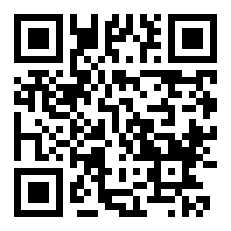Cholelithiasis and Hepatic Derangement in a Cohort of Homozygous Sickle Cell Disease Patients in Nigeria
Keywords:
hepatic impairment, sickle cell, gallstones, cholelithiasisAbstract
Background: Cholelithiasis is a chronic complication of SCA and many liver enzymes have been associated with severity.
Aims and Objectives: To assess frequency and predictive clinical and laboratory associations of cholelithiasis and liver dysfunction among steady state SCA patients.
Method: Steady state clinical and laboratory data were obtained from the case notes of 248 sickle cell anaemia (SCA) patients. Information assessed included; age, haemoglobin (Hb) concentration, white cell count (WBC), platelet count, serum bilirubin, alkaline phosphatase (ALP), aspartate transaminase (AST), alanine transaminase (ALT) levels and frequency of crisis per annum.
Results: Two hundred and forty eight SCA patients who were in steady state aged 6 to 55 years (median = 24 year, 95% CI = 23-25) were assessed. The prevalence of cholelithiasis was found to be 4.4%. Deranged levels of alkaline phosphatase, aspartate transaminase and alanine transaminase were found in 23.5%, 51.5% and 26.5% of the patients respectively. Serum ALT had a significant inverse relationship (P = 0.026) with the Hb, while ALP had a direct relationship (P = 0.023) with WBC. There was no association between the occurrence of cholelithiasis and the usual markers of disease severity in SCA, such as Hb, WBC, frequency of crisis per annum, age and platelet count.
Conclusion: The prevalence of gall stones in SCA was found to be 4.4%. Cholelithiasis in homozygous sickle cell does not have a greater prevalence in people with severe disease. Elevation of serum ALT and ALP are associated with a low Hb and a high WBC, respectively.
Downloads
Downloads
Published
Issue
Section
License
Copyright (c) 2023 Nigerian Journal of Haematology

This work is licensed under a Creative Commons Attribution-NonCommercial-NoDerivatives 4.0 International License.








